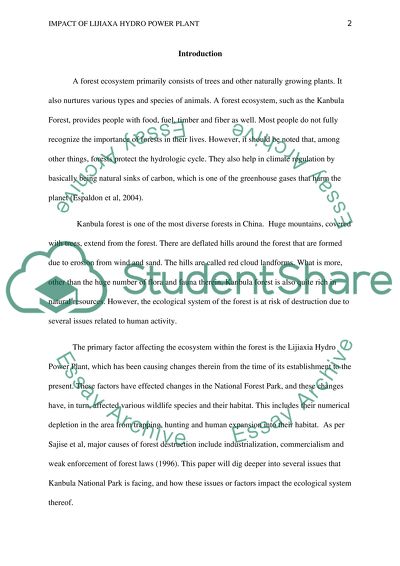Cite this document
(“Term paper Essay Example | Topics and Well Written Essays - 2250 words”, n.d.)
Retrieved from https://studentshare.org/family-consumer-science/1419965-term-paper
Retrieved from https://studentshare.org/family-consumer-science/1419965-term-paper
(Term Paper Essay Example | Topics and Well Written Essays - 2250 Words)
https://studentshare.org/family-consumer-science/1419965-term-paper.
https://studentshare.org/family-consumer-science/1419965-term-paper.
“Term Paper Essay Example | Topics and Well Written Essays - 2250 Words”, n.d. https://studentshare.org/family-consumer-science/1419965-term-paper.


